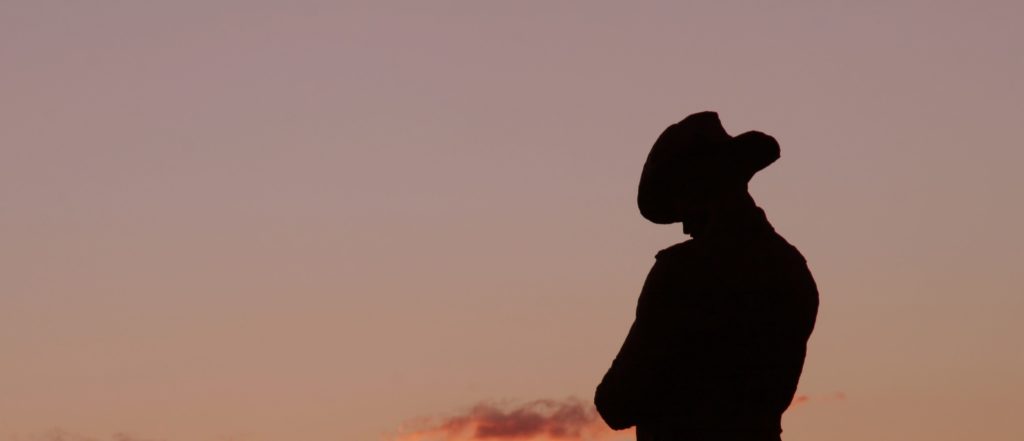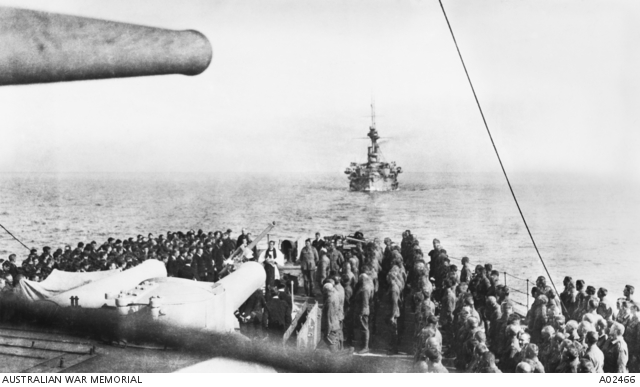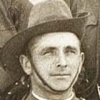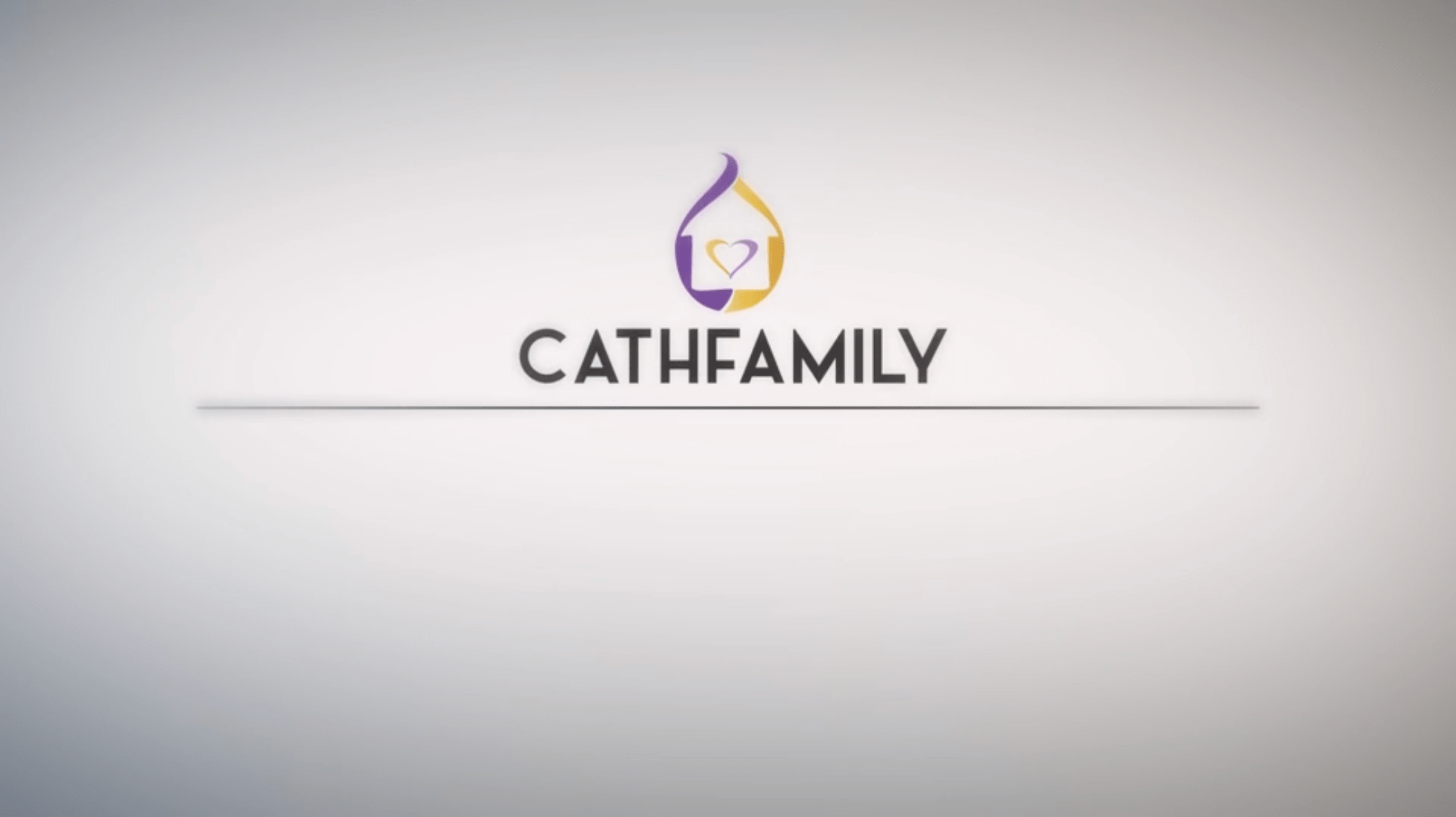Serving those who serve

The Chaplain Department of the Australian Imperial Forces was formed in 1913. It included 116 appointed chaplains with equal numbers of each denomination. After the War began, the numbers were rearranged according to the proportion of the populations. 414 clergy men served in WWI and received a total of 72 honours in recognition of their service.
Chaplains had few official dictates and used their own initiatives to establish the extent of their duties.
On board ships and in the field, chaplains were responsible for burials, which often took place at night. Much of their time was occupied with burying the dead, recording the burial sites, gathering the personal effects of fallen soldiers and writing home to their families. They also provided individual counselling and comfort to soldiers wherever they could.
The Chaplains also played an essential role in the social life of the Army.
On board troopships they organised study groups, sing-a-longs and boxing tournaments as well as religious parades and services. Those who were assigned to training camps like in Egypt and Palestine provided lectures on Ancient History and tours for the soldiers and nurses as well as providing games, sporting events, libraries and concerts to try and keep the soldiers out of trouble.
They are affectionately called ‘Padres’ regardless of the denomination and many of them were well loved and respected for their devotion to the troops.
 The ship’s padre leading a church service on the quarterdeck for the ship’s company and A and C Companies of the 11th Battalion on HMS London, one of the ships carrying Australian troops leaving Lemnos for Gallipoli. HMS Majestic lies astern.
The ship’s padre leading a church service on the quarterdeck for the ship’s company and A and C Companies of the 11th Battalion on HMS London, one of the ships carrying Australian troops leaving Lemnos for Gallipoli. HMS Majestic lies astern.
More on Chaplains in WWI at the Australian War Memorial
Chaplain Profile:
 Fr John Fahey was born in County Tipperary, in Ireland. He was sent to Perth, Western Australia shortly after he was ordained in 1907 at age 24. Fr John joined the Australian Imperial Force in September of 1914 and was assigned to the 11th Battalion. On the 25th of April, 1915, he disregarded an order to remain on ship when the troops landed on ANZAC Cove and became the first chaplain ashore. He passed unscathed through the hail of bullets on the beach and was confronted with his place in the campaign. He wrote home to a priest friend:
Fr John Fahey was born in County Tipperary, in Ireland. He was sent to Perth, Western Australia shortly after he was ordained in 1907 at age 24. Fr John joined the Australian Imperial Force in September of 1914 and was assigned to the 11th Battalion. On the 25th of April, 1915, he disregarded an order to remain on ship when the troops landed on ANZAC Cove and became the first chaplain ashore. He passed unscathed through the hail of bullets on the beach and was confronted with his place in the campaign. He wrote home to a priest friend:
“My first impulse was to grab a rifle and bayonet, and go with them. The cheering and yelling would do your heart good to hear… After clearing the first ridge, I saw so many wounded and dying that I had to turn my attention to them.” (*Jeff Kildea, Irish Anzacs: the contribution of the Australian Irish to the Anzac tradition, 1 May 2013, www.jeffkildea.com )
His fearless devotion to the spiritual and material wellbeing of the soldiers, living and dead, resulted in a number of very close calls. These included being buried in his dugout by a shell burst, having his pack struck by shrapnel, his overcoat penetrated by bullets and objects shot out of his hand. He continued to minister to his men until he was taken ill in November.
After some time in recovery he rejoined the 11th Battalion in France where he served and stood witness to the misery of the trenches until 1917.
He returned to Australia in 1918 as the longest serving front-line chaplain of any denomination.
For his service during the Gallipoli campaign, he was awarded the Distinguished Service Order for “gallantry under fire” and was also mentioned in the dispatches. He lived out the rest of his days as a parish priest until his death in 1959.
Click here for more on Irish ANZACS
 Group portrait of the original officers and men of the 11th Battalion, 3rd Brigade, Australian Imperial Force. The group of over 685 soldiers are spread over the side of the Great Pyramid of Khufu (Cheops) near Mena camp. Fr John is circled in red.
Group portrait of the original officers and men of the 11th Battalion, 3rd Brigade, Australian Imperial Force. The group of over 685 soldiers are spread over the side of the Great Pyramid of Khufu (Cheops) near Mena camp. Fr John is circled in red.
